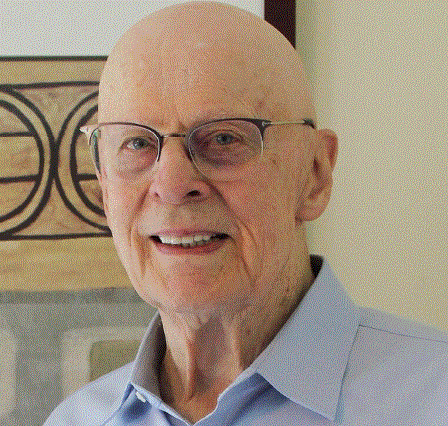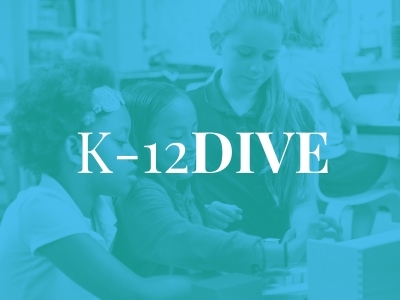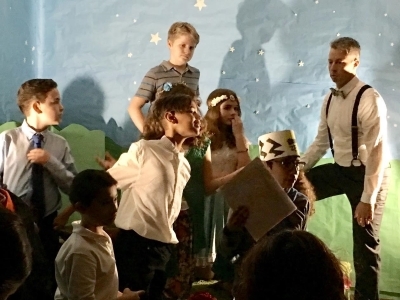Reform, No. Transformation, Yes!
Topics
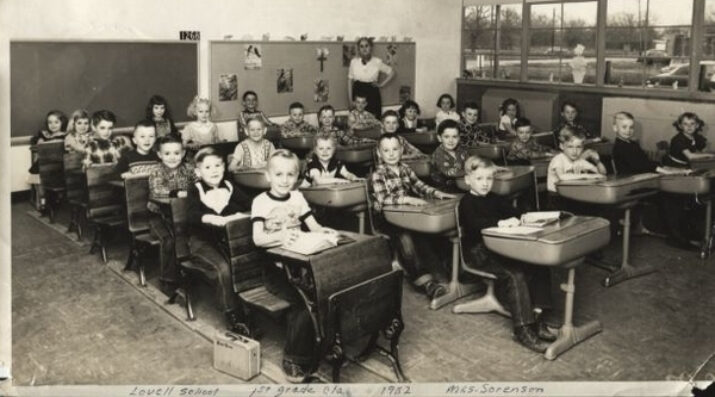
Today’s learners face an uncertain present and a rapidly changing future that demand far different skills and knowledge than were needed in the 20th century. We also know so much more about enabling deep, powerful learning than we ever did before. Our collective future depends on how well young people prepare for the challenges and opportunities of 21st-century life.
Tinkering via school reforms hasn't created the changes we seek but school transformation toward outcomes of citizenship, careers, lifelong learning, and personal interests will.
Any experiential change of a school faces complex issues—resistance, deeply established practices, teacher and administrator entrenched rules, and parental preference for traditional schooling as in “school is school.” The concept, school transformation, warrants an examination of conventional views and practices for their effectiveness in preparing elementary and secondary students for essential roles of citizen, career participant, lifelong learner, and in the growth of personal interests.
Reform and transformation are different. School reform is like adding an automobile accessory like a backup camera. School transformation is like replacing the internal combustion engine for electric-drive cars. Both changes support a means of travel but differ significantly for propulsion power.
Transformed school models, though not perfect, represent a substantial contrast between the conventional schools we all attended and new approaches to learning beyond textbooks, classrooms, and a pre-determined curriculum.
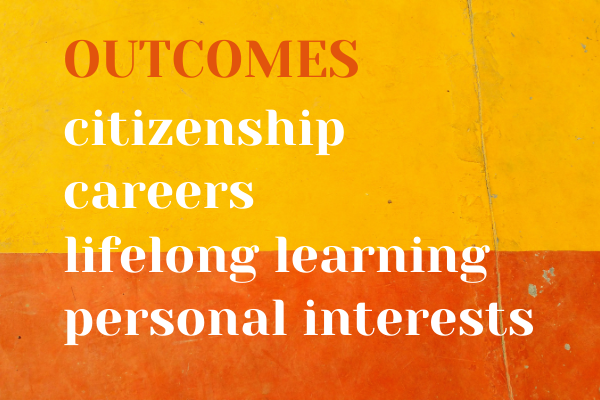
These days, we again hear persistent cries for school reform from study commissions, books, parents, pundits, and educators, some within the school establishment. Reforms do not suffer lack of determination nor lack of money. Learning shortcomings have led to massive grants for such cities as Miami ($100 million), Philadelphia ($150 million), and Newark ($200 million) to increase learning as measured by test scores. The gigantic sums of money produced dismal results. Tinkering with the conventional school model, despite the funding for activities like staff training, different curricula, greater attention to special needs, tutoring, and a longer school day and year have fallen short of anticipated results. Reforms haven’t moved the needle. Reform is not enough.
Could a transformation have done better? In this article, we’ll explore transformation: what it is, its rationale, and its effects.
Rethinking Assumptions about School
From my earliest days as a teacher, the need for change was evident. Students forgot most of the subject matter from previous years. Some students were demoralized because of failures. Students did not seem to like school very much. Studies tell us students do like school because they enjoy seeing their friends and sometimes like an individual teacher or subject.
Though there were strident calls for reform little change occurred beyond rhetoric. It was then I rebooted my focus from teaching to learning based on experiential thinking (though we didn’t use the term then). My teaching changed to student-teacher planning, competency-based outcomes, and student-managed learning. These activities isolated my thinking from colleagues except for a like-thinking principal, a distinguished professor, and a support group, mostly national because local parochial views for age-grade classes prevailed.
To stretch our thinking about transformed education practices, consider the following experiences for youth:
farms with farmers as adjunct staff, barns, silos, arbors, animals, zoo, hardware store, drama, theaters, Integrated social services, vans, buses, telescopes and planetariums, cross-age grouping, tutoring by students, dispersed libraries, newspapers and magazines (e.g. foreign, hobby groups, trade journals, politics), teachers as facilitators and guides for learning, differentiated staffing, chefs, kitchens, poetry, quiet spaces, maintenance crews, building beautifiers, repair crew, homebuilding, remodeling, residences, fitness studios, education parks, classrooms, Upward Bound, government, athletic facilities, microsociety, forests, helpers, students as resources, pond or lake, parks, gardens, shops, auto and appliance repair, harbor, airport, entrepreneurship, language villages, printing centers, maximum use of technology, music, practice rooms and committee spaces, dispute center, national, state and local governments issues, advisory groups, personal learning plans, adventure areas, vans, learning pods, dance studios, sewing and fabric design, photography, television studio, world news banner, and silk screen printing.
The list could be extended. But these experiences require a total rethinking of elementary and secondary school design. The list of elements require different kinds of facilities, different staffing models, different uses of the budget. Though a daunting list of possibilities (and much could be added), many of the features exist now or previously in schools, just in isolated and scattered places.
Conventional Schools Overemphasize Academics, College, and Students’ Age
Reforms do accomplish change but of a modest type—too little, too late, and always within the egg-carton classroom design. Times have changed; schools have not. We need schools for a new era.
Given recent societal earthquakes, reforms do little to accomplish a needed restructuring of the 170-year-old classroom model with its age-grade placement, such as all 10-year-olds in fourth grade, as though all 10-year-olds were the same. Parents know they are not. Teachers know they are not. But schooling functions as a pre-structured system geared to textbooks, teachers handcuffed by standardized tests, and arbitrary decisions about what students should know at given ages. Teacher and principal careers hang in the balance under the pressure of high-stakes testing.
Panning the standard classroom overlooks two factors. First, excellent conventional teachers obtain extraordinary results despite the limitations of their four walls. Second, some successful adults report fond memories of their classroom desk domain, pride in completing homework, and raised hands keeping up with teacher lessons. Those memories may be true but could be a remembrance through rose-colored glasses, ignoring their impatience with "dumb" classmates or their boredom, and forgetting lesser favorite subjects.
One can find some indication of how those successful students in conventional schools may have done had they been in nontraditional settings using experiential methods, from studies like those of Aikin, Willis, and Yazzie-Mintz.
Aikin reported that the Eight-Year Study compared 1,500 matched students, half from experiential schools and half from traditional schools, as students progressed through high school and college. The more experiential the program, the better the results on numerous measures. Unfortunately, the results were lost during the nation at war (World War II).
Willis followed up on students from the University School Ohio State lab school twenty years later. She compared the graduates of lab school, now adults, to Terman's genius studies and Princeton University graduates, both of whom were about the same age as the lab school graduates. Students from the experiential school compared favorably in recognition of their career fields, satisfaction with life, stable family life, and other measures. Subsequent McCarthy hearings labeled progressive schools suspiciously as pink or communist, thus killing decades of the progressive education movement.
Though few schools of any era were progressive, the seeds of change may take root once again. Recently, Yazzie-Mintz found disengagement levels of 66 percent in high school. From the report, these chilling words: "We've got similar numbers in terms of kids who are disengaged every day—about 49 percent of the kids are bored every day, 17 percent in every class. That's two-thirds of the kids who are bored at least every day." Similar findings apply from grades four and above as teachers will attest. I recommend reading an essay, A Poor Scholar’s Soliloquy, available on the web. You will find an absorbing description of a bright kid who did poorly in school. As serious, students who are often labeled slow or dumb may have talents in leadership, mechanics, cooking, estimating, graphics, acting, and other traits essential to society but not valued in academic classes. We worship at the altar of academic performance as though all students were destined to professorships in history, English literature, or other university silos. To make the point, one inner-city elementary school refers to students as “scholars,” beginning in the first grade.
College is drummed into students as the gold standard. Every other career preparation ranks as lesser than. Sadly, I've seen adults feel bad about mentioning their "ordinary" careers. Parents observing differences among their children hope that each has a challenging job that provides satisfaction despite the job ranking. Schools act differently.
We should be troubled by non-academic students caught in the subject matter mastery cycle that is seen as essential for the next grade but rarely mentions any relevance to life's challenges. Teachers wish that all students were quick to master their subject and move at the teacher-set pace. Reforms, tepid as they are, do not suffice to overcome continuing the conventional education's obsolete practices.
Reforms without Real Change in Schools
So far, schools have not changed. New buildings are more attractive, special education occurs in abundance, equity is being addressed, but the curriculum design is the same for us as it was for our parents and grandparents. The times have changed dramatically. We no longer use the typewriter, now found as museum artifacts. But schools remain fundamentally the same as always.
It's as if all the world's knowledge at the beginning of schools was in a huge pile. An expert sorted the pile into math, language arts, history, etc., and then further sorted science into biology, physics, and chemistry. The sorting of subjects continues today with growing specialization. The textbook and classrooms organized by grade levels dominate at almost every school in the world.
To our credit, schools moved from ignoring special needs students to complex, thorough procedures. However, that was the work of court decisions mandating change. Still, chalk one up for fundamental transformation. Now, schools must avoid special education becoming overused, hidebound, and smothered in rigid systems, more attention given to processes than to student learning.
Knowledge of how the brain works seems not of interest to the education profession. We are more interested in understanding the physiology, chemistry, physical aspects of the brain instead of understanding of how the mind develops and manages information and skills—in other words, learning.
Outcomes for Transformed Schools: Citizenship, Careers, Lifelong Learning, and Personal Interests
I wrote in School Transformation of the principles of transforming schools with features like classroom democracy, differentiated staff, program choice, advisory systems, personal learning plans, extensive use of community resources, and study of current societal issues—few of these present in existing schools. Transformation is not change for change sake or hiding behind the excuse of time and funding to postpone or avoid action.
Thinking about the specifics of transformational schools, I suggested a variety of instructional activities: project-based learning, community studies, partnerships with home and community resources, volunteering, internships, students as resources, graphics labs, art studios, exchanges, extended travel, cafes, student government, schools within schools, advanced technology, online or cyber virtual schools, competency-based advancement, integrated social services, shadow studies, meetings governed by Robert’s Rules of Order, student government and school management plus facilities like greenhouses, gardens, markets, adventure labs, maker spaces, carpentry and other shops, kitchens, patios, astronomy center, radio station, display areas, audio and video studios, visitor centers, and presentation areas. Schools have some of these, thus partially easing a school transformation.
Transformed schools require different configurations of spaces, alternate assessments of students, and schools based on life outcomes in and beyond school such as citizenship, careers, lifelong learning, and support for individual interests.
Schools can transform bit by bit over a decade or as Don Glines did dramatically overnight with the Wilson Campus School and I did in starting the St. Paul Open School. I prefer the quick way with a chosen staff to accomplish a transformed school established as a choice for parents and students. The slow or incremental method of change usually peters out over staff turnover and burnout.
School Transformation captures the best of educational change as I learned from working in traditional and innovative schools and from starting-up seven public schools. School transformation works and is needed!
Aikin, W. (1942). The story of the eight-year study with conclusions and recommendations. New York: Harper & Brothers.
Hart, L. A. (2002). Human brain and human learning. Black Diamond, WA: Books for Educators. See also Jones, T. P. Educating for the human brain. Lanham, MD: Rowman & Littlefield.
Yazzie-Mintz, E. (2009). Charting the path from engagement to achievement: A report of the center for evaluation and education policy. Bloomington, IN: Indiana University.
Willis, M. (1961). The Guinea pigs after twenty years: A follow-up study of the class of 1938 of the University School Ohio State. Columbus: Ohio State University Press.
Photo at top used with permission, courtesy of the author: Lovell School, 1st Grade, 1952 to 1953. Mrs. Sorenson.

